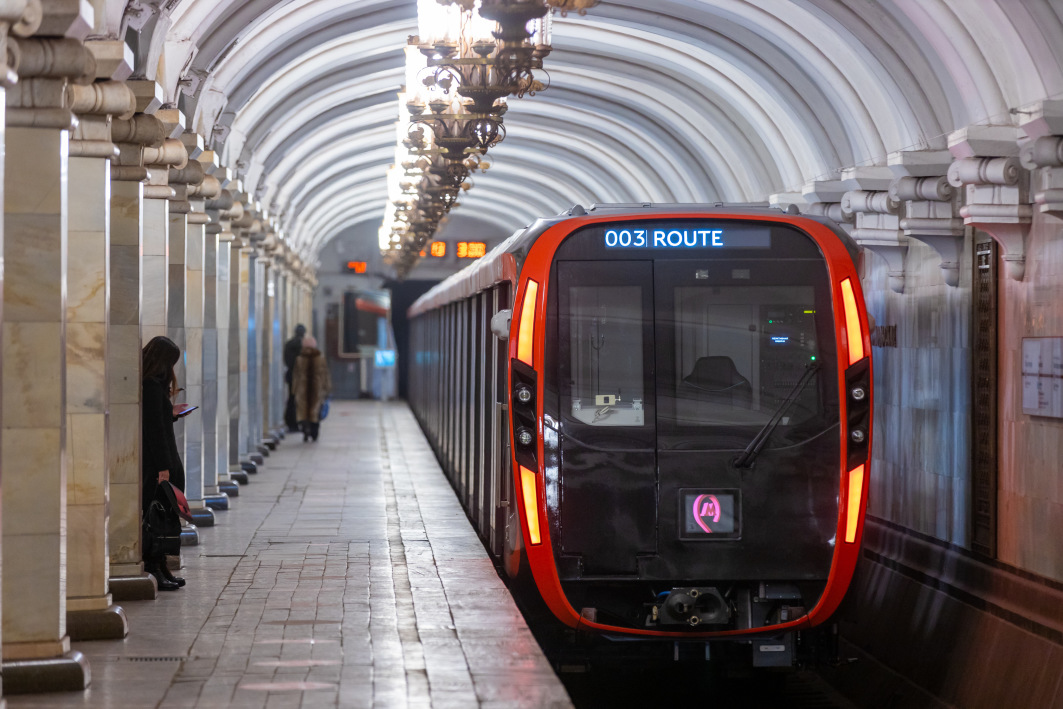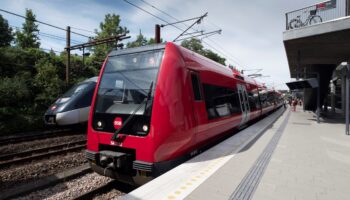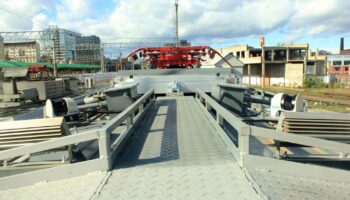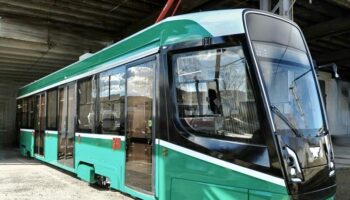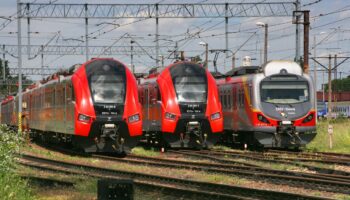Russia: At the beginning of 2023, a modern domestic computer-based traffic control system was put into operation on the Circle Line of the Moscow Metro. As the Moscow Department of Transport reported, this made it possible to reduce the intervals between trains up to 90 seconds and even more significantly towards the end of the year, setting a record among the Metros around the world. 1520 Group of Companies was invited to introduce new technologies, and the project showed its relevance in other metros in the country.
Relevance of the project
Moscow is a rapidly developing city, and the Metro is definitely its heart. Of course, the outdated train signaling systems on the Circle Line, manufactured in the 1950s, did not meet the needs of either Moscow citizens or Moscow Metro employees.
Before modernization, the operating pairing of trains on the line was not more than 32 trains per hour, which corresponded to an interval of 1 minute 53 seconds, and the separation of sections of the safe traffic intervals did not allow trains to move faster. In addition, the signaling equipment on the line was placed in a decentralized manner: in the tunnels, in the open lines between stations. The equipment was not backed up; its failure led to a stop or significant slowdown in traffic; statistically, the failure rate of the signaling devices was very high. To identify and eliminate the problem, the operational personnel had to go into the tunnel, which required stopping the train traffic. The average duration of failure recovery was about an hour. The line was controlled separately from each station; only dispatcher control was used. Without dispatch control, in case of emergency, the line control system needed more time to respond and to return the trains to the planned schedule.
All this did not meet the needs of the city’s main transport artery. The issue of reconstruction of the control system was very acute. The realized transition to a new domestic computer-based traffic control system made it possible to increase the operating pairing of trains up to 45 pairs per hour and reduce the intervals between trains up to 1 minute 20 seconds. This is a world record for the same-direction traffic.
Introduction of technology
The new signaling equipment has been implemented at 6 centralization posts, which has simplified maintenance: personnel no longer needs to go into the tunnel. All computer-based devices are redundant, that provides non-interrupted train traffic in case of possible failures. Technical diagnostic systems reduce the time needed to search the reason of the wayside equipment failure by up to 70%. The built-in system algorithms monitor technical parameters and promptly inform the service personnel about any deviations: this allows potential malfunctions to be identified before failure.
The key element of the signaling equipment is the traffic control system. Before the reconstruction, there were used the obsolete phase-sensitive track circuits with a frequency of 50 Hz on the Circle Line. New modern and more reliable devices based on modular audio frequency track circuits not only reduce the intervals between the trains, but also require almost no any maintenance.
All new signaling devices are provided with an uninterruptible power supply system, which allows maintaining the functioning of the main traffic control elements in case of a complete emergency loss of power at the station. Before reconstruction, a power failure of the signaling devices led to a 100% traffic stop.
The computer-based signaling systems minimize the influence of the human factor on the process of passenger transportation. The algorithms embedded in the logic of the computer-based systems completely eliminate the possibility of setting incorrect or dangerous routes; it is impossible to accidentally set a “responsible” command; there is no need to interfere with the operation of devices during the train traffic.
Project challenges
The increase in the number of trains simultaneously present on the line after reconstruction required modernization of the traction substations and power supply systems of the Circle Line.
Additionally, the line was equipped with dispatch control from a single center of the Moscow Metro; during peak traffic hours, this significantly reduced the load on the service personnel and increased the efficiency of traffic control.
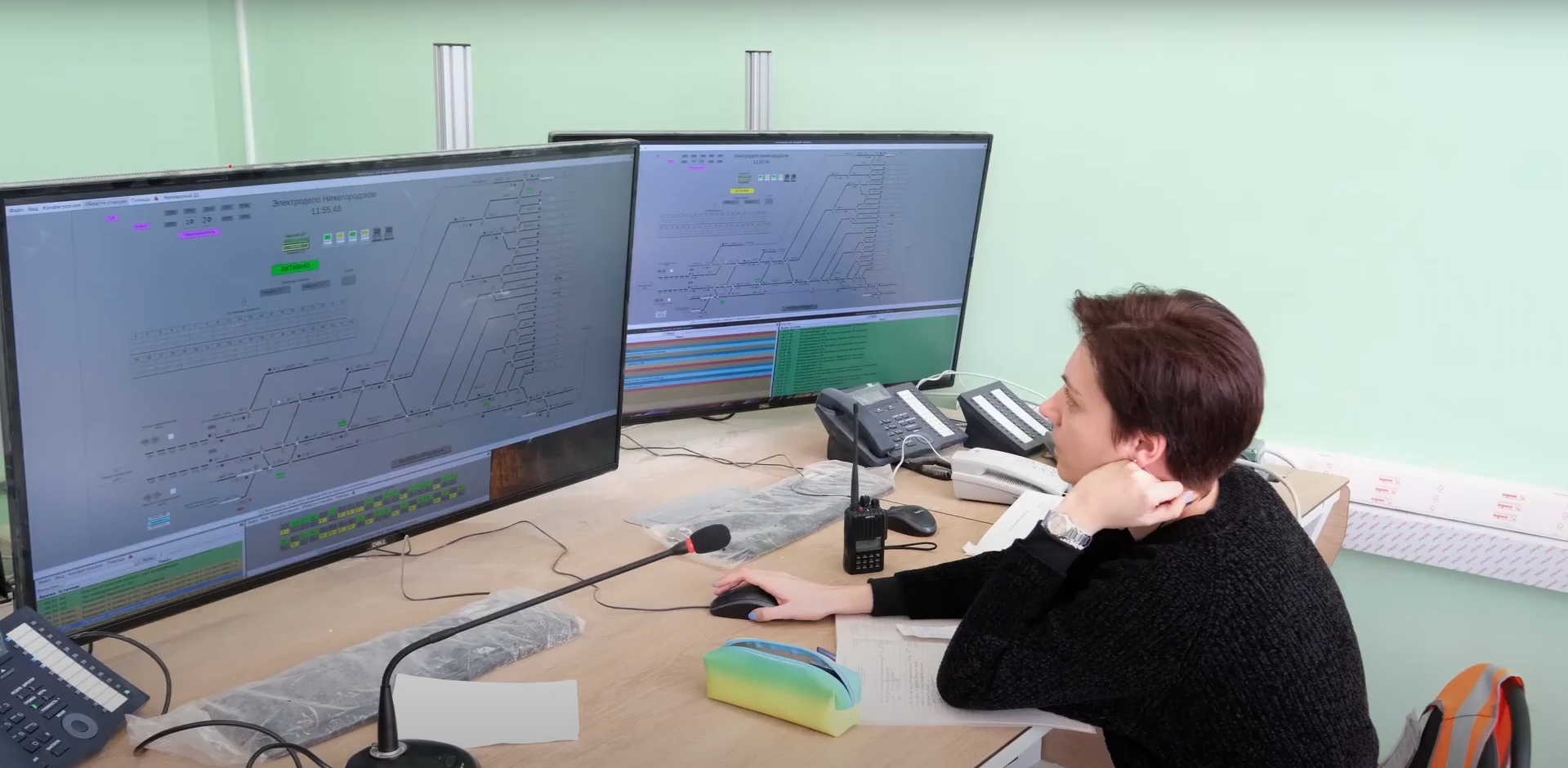 Digital traffic control system at the Nizhegorodskoe electric depot of the Big Circle Line in Moscow. Source: 1520 Group of Companies/youtube
Digital traffic control system at the Nizhegorodskoe electric depot of the Big Circle Line in Moscow. Source: 1520 Group of Companies/youtube
However, the main difficulty of the project was as follows: it was impossible to stop the Circle Line during the reconstruction as well as to launch long-term compensatory vehicle routes in the center of Moscow. The work was carried out exclusively during the night technological “window”; the specialists had to implement new devices every day for testing and disconnect them back in order to ensure train traffic.
As a result, the commissioning of the new signaling devices has been carried out in 2 stages. For this purpose, we chose the period of the New Year holidays, when passenger traffic was moderate. There was no need to completely stop the train traffic.
During the first stage, the traffic on the first track of the Circle Line was stopped, and passengers were transported along the second one (trains moved in one direction – counterclockwise). During the second stage, the traffic was open along the first track with the new signaling devices installed and fully functioning, and the second track was closed for work. On the last holiday day, after the night technological “window”, the full train traffic was open on both tracks.
Prospects
The successful experience of reconstructing the signaling devices on the Circle Line in Moscow has already demonstrated its reliable functioning, increase in the metro line capacity and improvement in the work culture of the personnel involved in the passenger transportation process. In Moscow and other cities of Russia, more than 90% of the signaling devices are morally and physically outdated and most acutely need reconstruction. The transition to the modern computer-based systems in the near future will make it possible to implement projects for unmanned automated train operation.
Author: Alexander Dmitrenko, Head of urban rail transport of the Signaling Division of 1520 Group of Companies (part of National Projects’ Construction Group)





